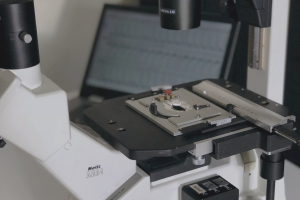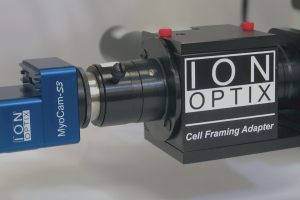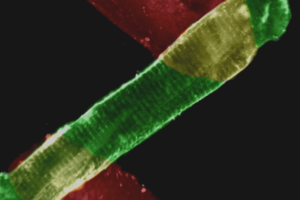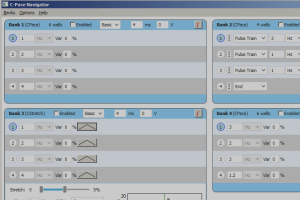Chronic inutero cyclooxygenase inhibition alters PGE2-regulated ductus arteriosuscontractile pathways and prevents postnatal closure.
ionoptix2019-10-22T18:26:17-05:00NOTE: In the ductus arteriosus of fetal mice: (this is one of the first papers to ever use pressurized myography to study the mouse ductus, and is particularly cool for studying premature fetal vessels). Although prostaglandin E2 (PGE2) vasodilates the ductus arteriosus, tocolysis with cyclooxygenase (COX) inhibitors delays postnatal ductus arteriosus closure. We used fetal mice and sheep to determine whether PGE2 has a role in the development of ductus [...]







